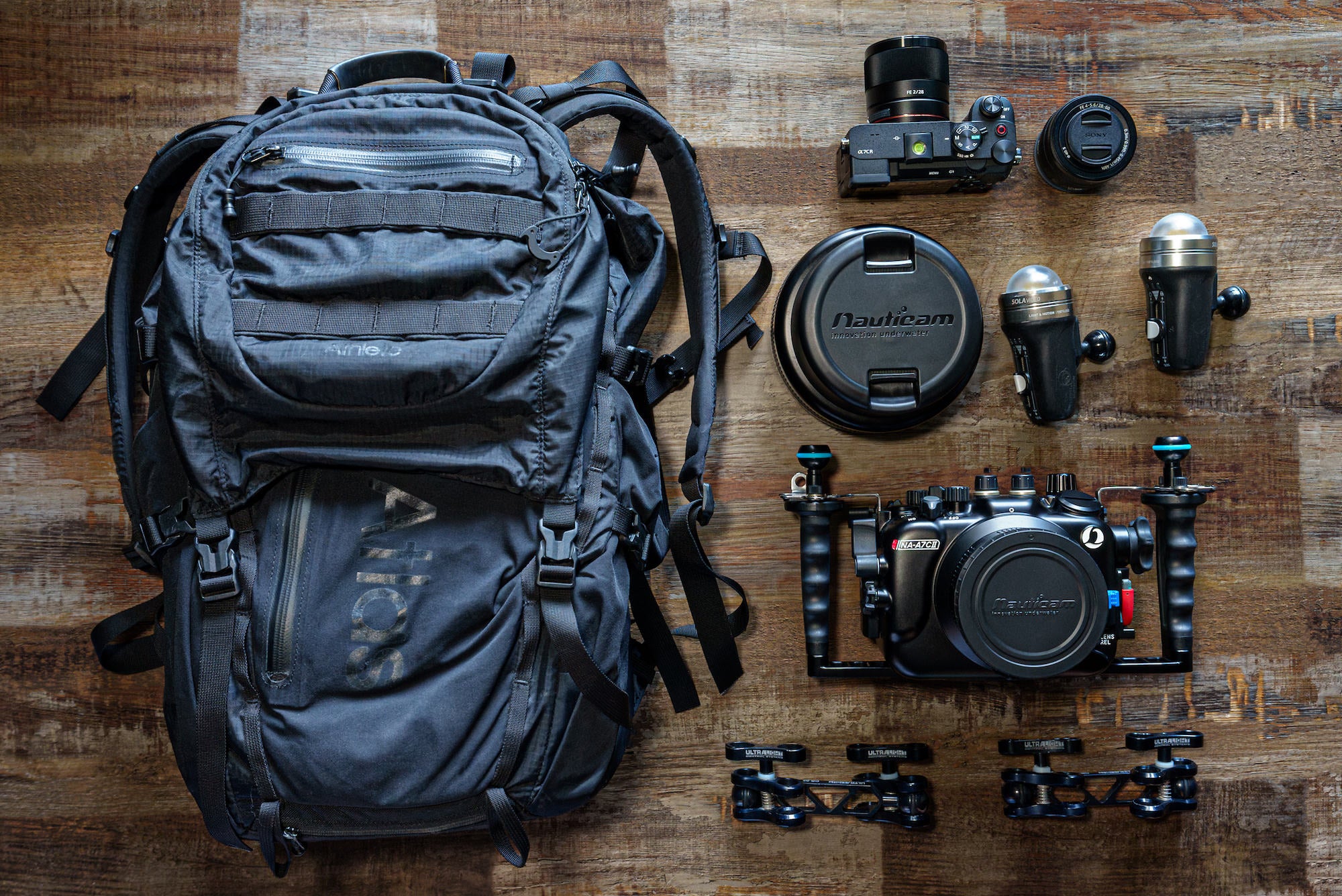If you’re familiar with creator and Sony Alpha Ambassador Stan Moniz (@stanmoniz), you know he doesn’t sit still for long. He is constantly out capturing everything from desert storms to ocean wildlife, and to quickly get around he needs a setup that’s lightweight, compact, and most importantly – reliable. Enter the Sony Alpha 7CR, a camera that urged him to change his entire travel setup. He decided to pare down his options, settling on just two small classic Sony lenses to use with the camera. We wanted to learn more about this new compact kit he took on a recent trip to Fiji to photograph the colorful corals underwater. Keep reading as he shares more on what’s become his go-to travel and underwater photography kit.
Product Preview – In This Article You'll Find:
–Sony Alpha 7CR
–Sony 28mm f/2
–Sony 28-60mm f/4-5.6
–Sony TOUGH Memory Cards
Camera
Sony Alpha 7CR: This camera is so compact, and that's like my bait. The smaller the camera, the better for me when it comes to traveling and shooting underwater. I switched everything over from my Sony FX3 to the Sony Alpha 7CR system now. I absolutely love that camera because it does everything I want it to do – high-resolution photos, amazing focus. And it shoots 4K 60, which is perfect for me underwater.
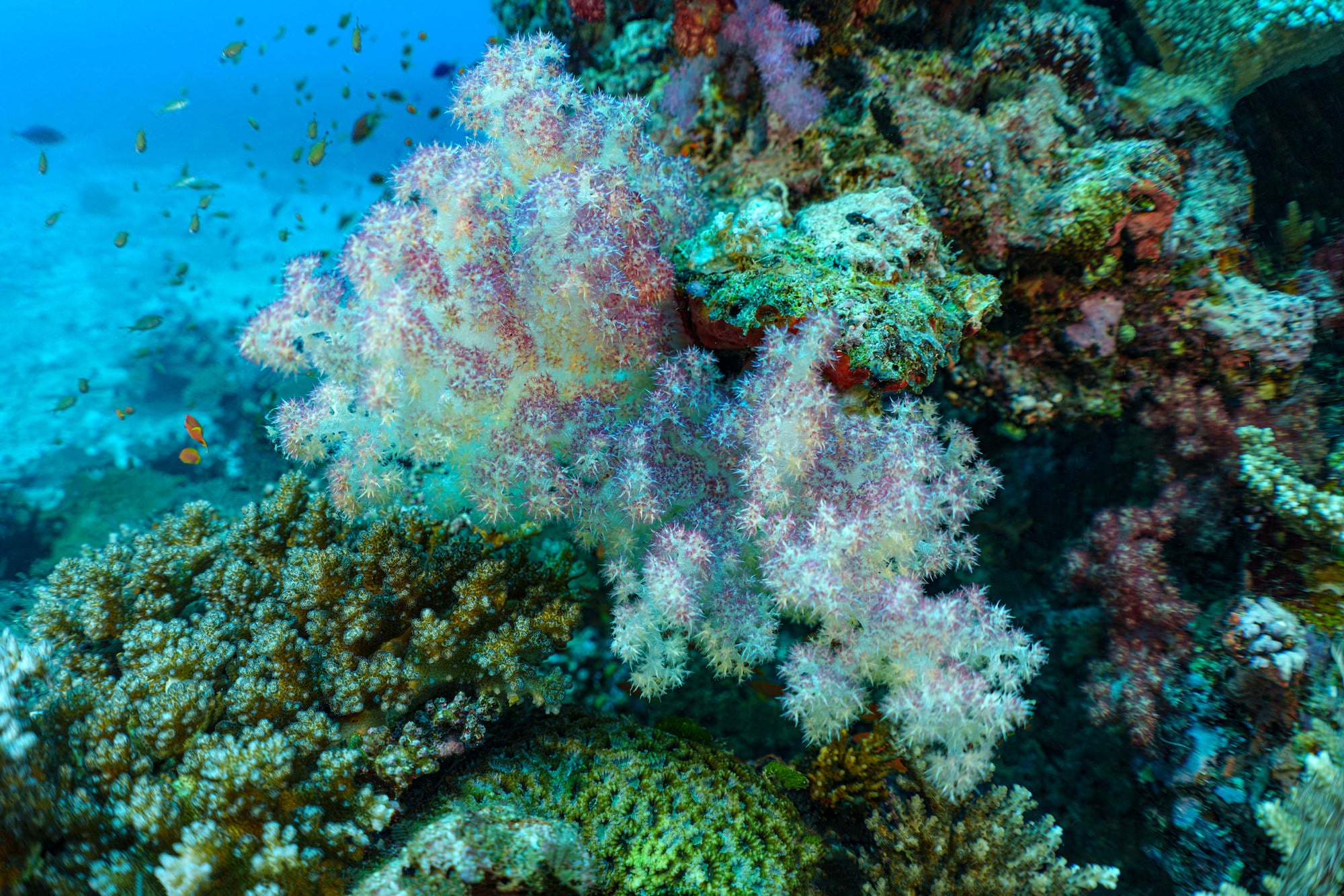
Photo by Stan Moniz. Sony Alpha 7CR. Sony 28mm f/2. 1/250-sec., f/4, ISO 400
The AI tracking autofocus for this camera is so good. In one photo you can see a sea fan in front of me, but I wanted to track the diver. The sea fan is moving right in front of the camera, but the AI tracking was fully focused on the diver’s mask. He would even go behind the fan and the focus followed him. I even switched over to video mode and it would still track the diver and stay right on his mask. I also use the S&Q function a ton, and the underwater camera housing I use allows me to easily switch back and forth between video on the Alpha 7CR.
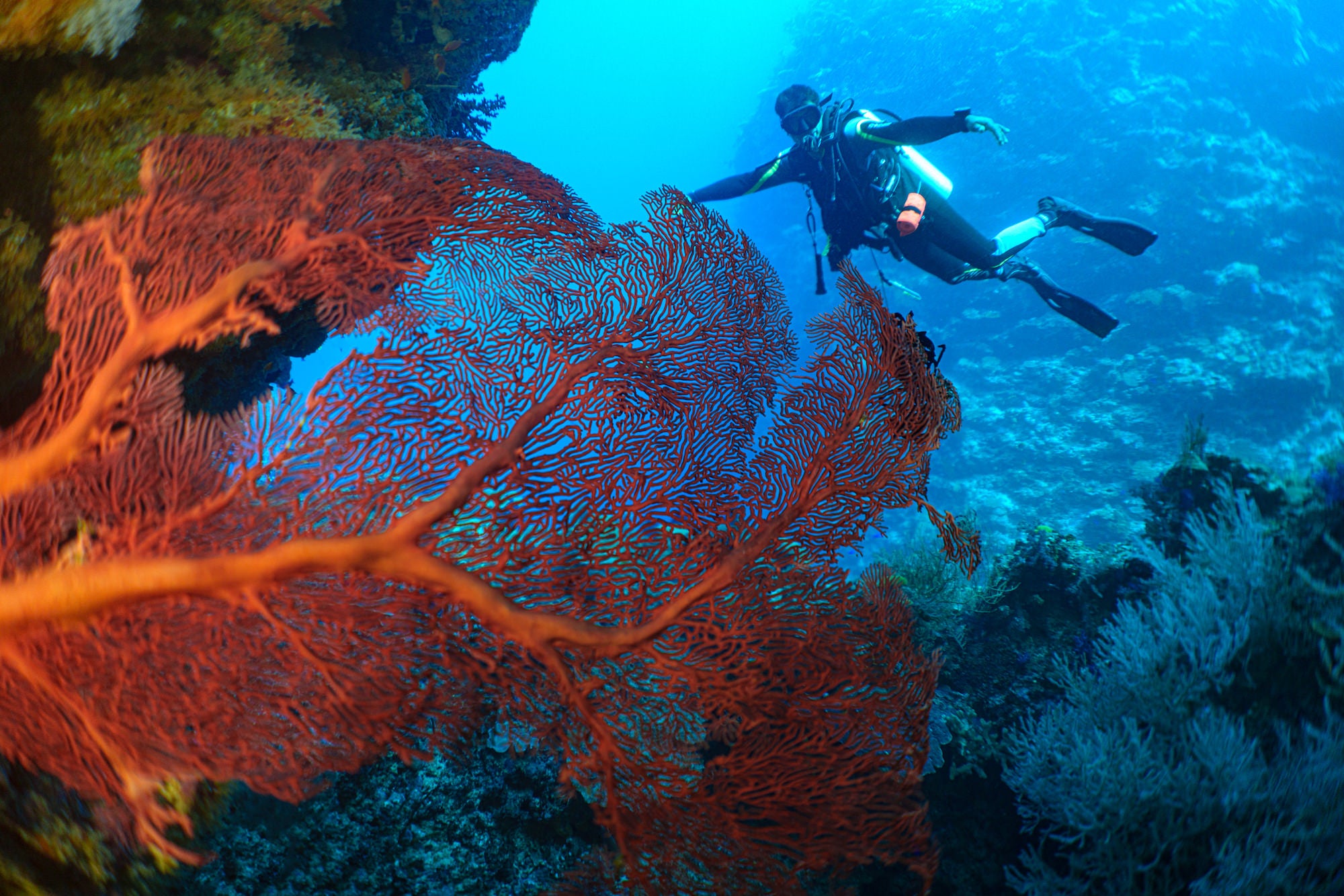
Photo by Stan Moniz. Sony Alpha 7CR. Sony 28mm f/2. 1/250-sec., f/2, ISO 400
Lenses
Sony 28mm f/2: This is the primary lens I use. It's one of the first lenses that ever came out. And the reason I use this is because Nauticam has a dome port that is engineered for the 28mm. It’s made to align with this lens and gives a new level of magic to my underwater imagery.
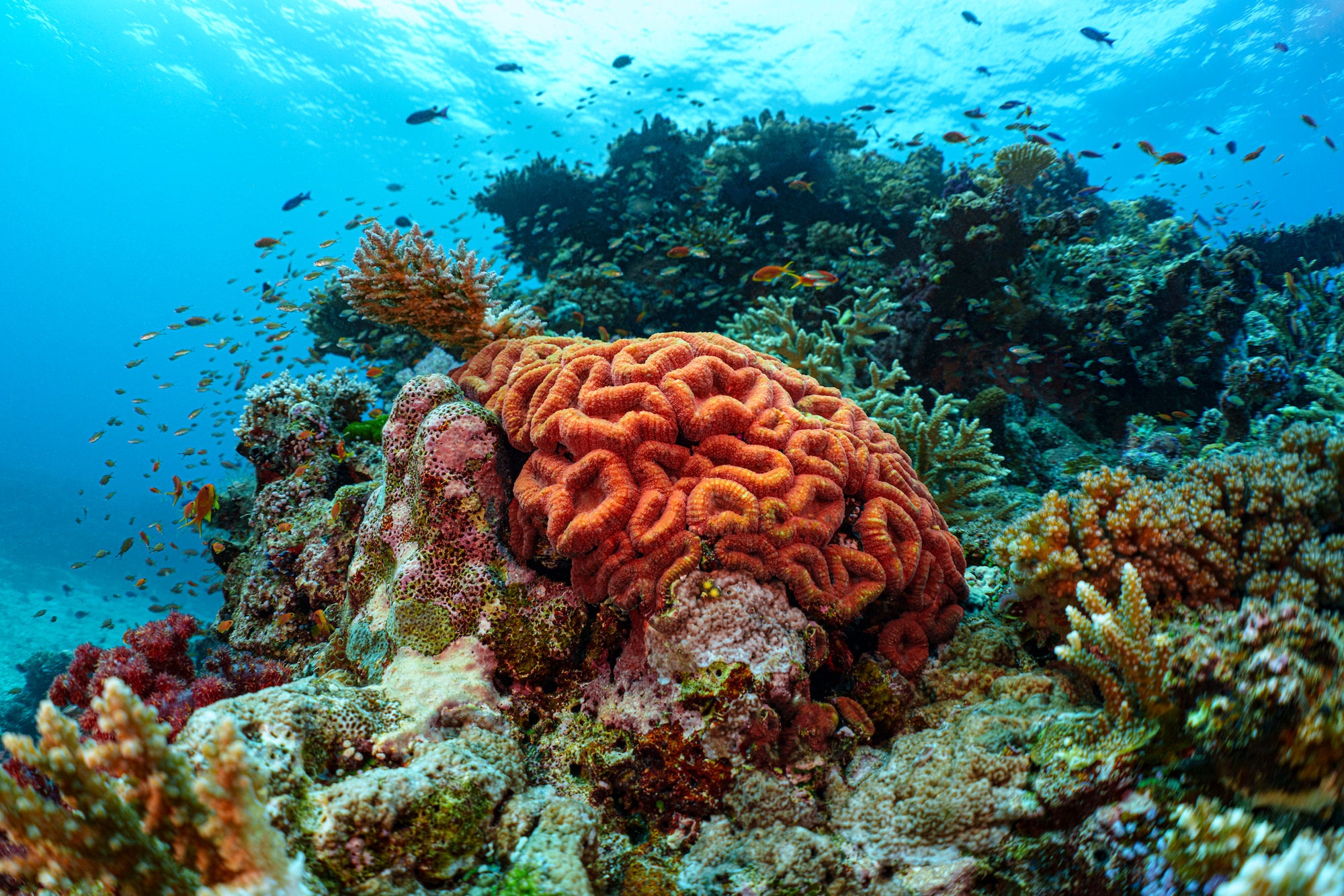
Photo by Stan Moniz. Sony Alpha 7CR. Sony 28mm f/2. 1/250-sec., f/5, ISO 400
What's really cool is I've actually adopted the 28mm back into my setup. I shoot astro with it now, again. Because back in the day, before G Master lenses, this was the first one I used to shoot astro with. I’m also using it for video interviews and other things. So it’s a classic that I’ve brought back into my lineup.
Sony 28-60mm f/4-5.6: The Nauticam dome port is also fitted for this lens, which is why I also include it in this compact underwater kit. It came out with the Alpha 7 back in the day, and it’s another classic that works well for this use. These two lenses serve my purpose.
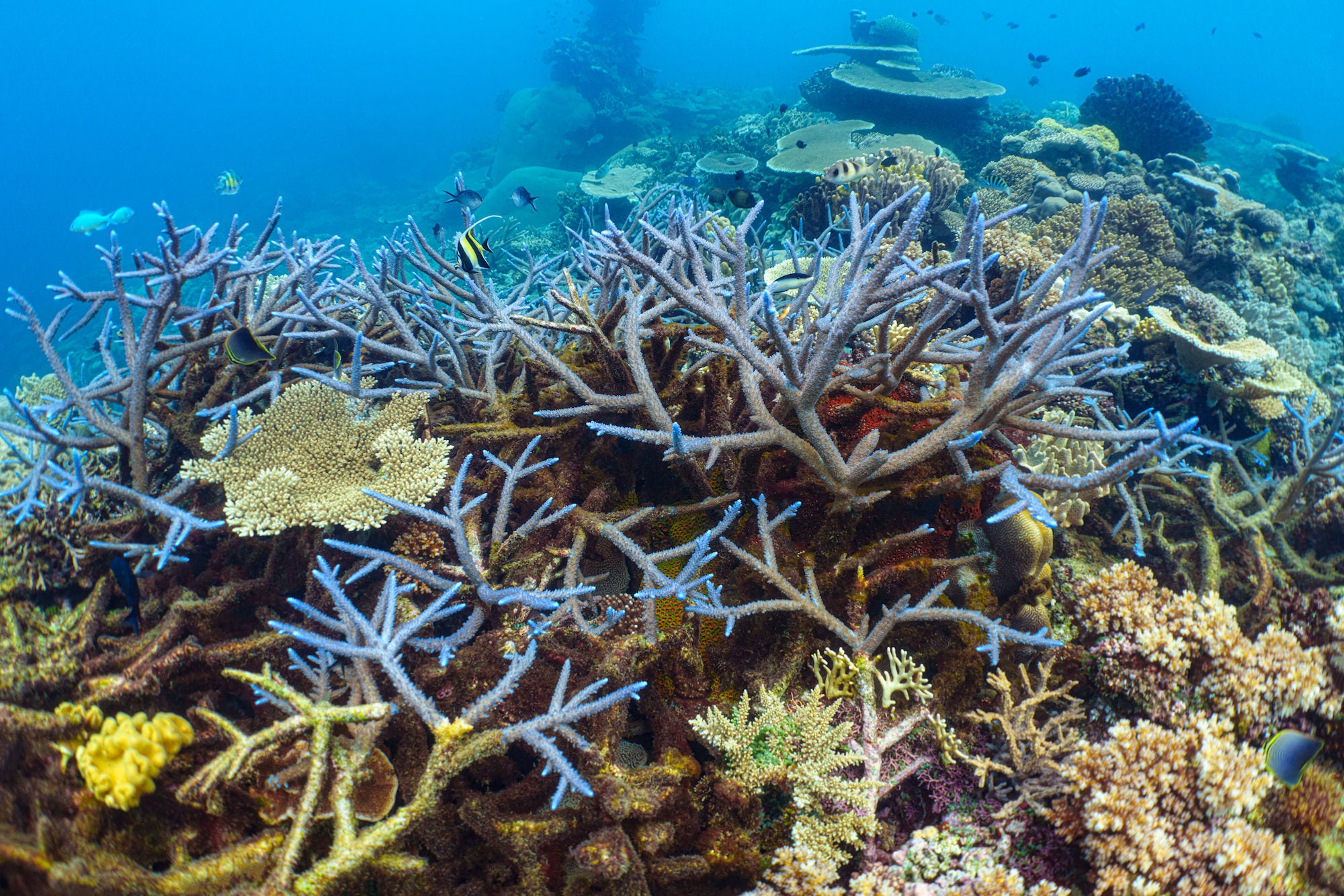
Photo by Stan Moniz. Sony Alpha 7CR. Sony 28mm f/2. 1/250-sec., f/4.5, ISO 400
Accessories
Atlas Athlete Camera Backpack: Because I have such a compact kit now, I can fit everything in this bag. That now eliminates one whole bag. I’m usually renting scuba stuff when I travel now, so I don't even need to check the bag anymore because I can put my entire scuba photography/video kit in my backpack with my computer and a few lenses, filters, the whole nine. It’s really cool.
Sony TOUGH Memory Cards: I use all the TOUGH fast cards, the fastest I can get.
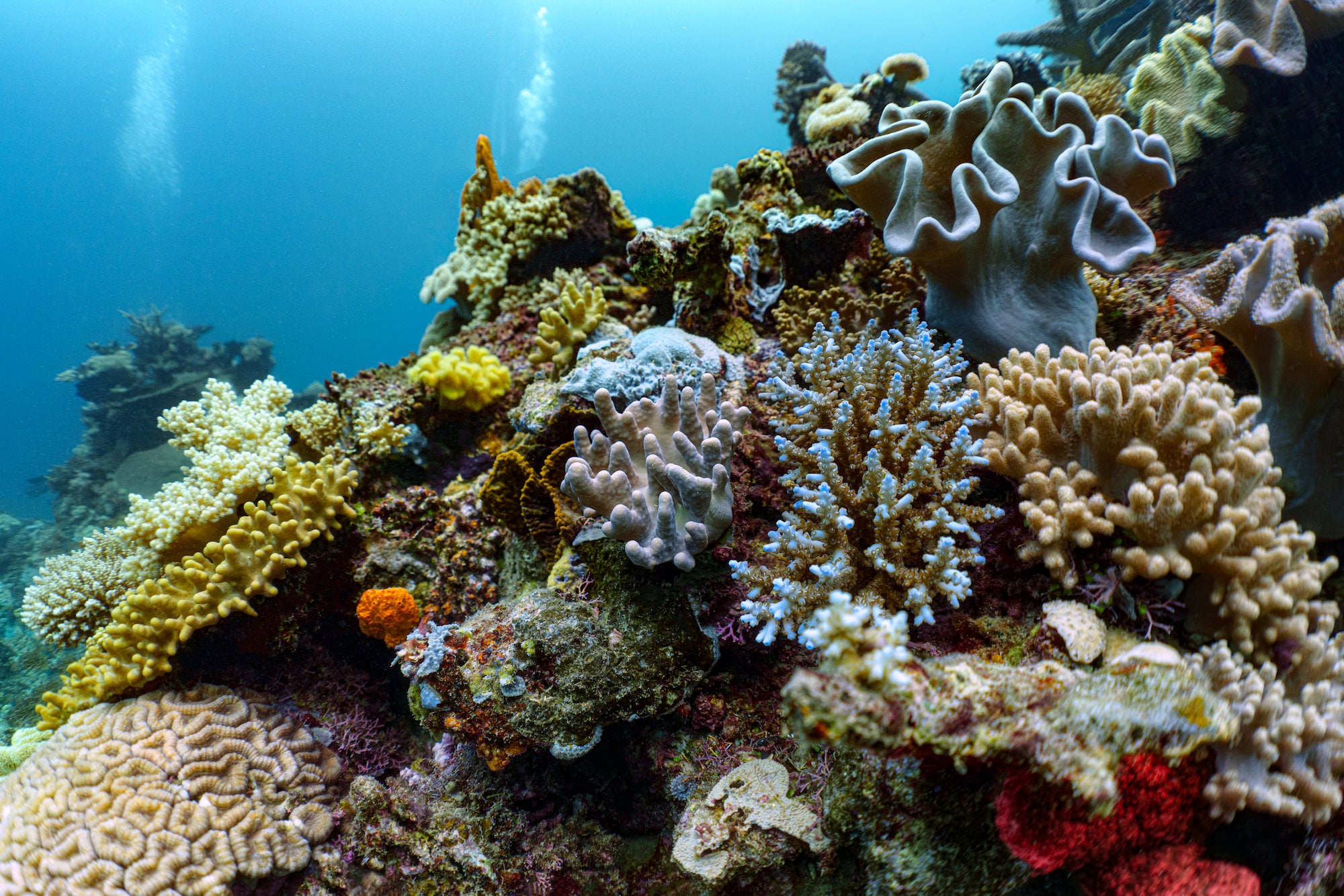
Photo by Stan Moniz. Sony Alpha 7CR. Sony 28mm f/2. 1/250-sec., f/4, ISO 400
Scuba Camera Housing: I use the Nauticam Sony A7C II & A7CR Underwater Housing (NA-A7CR). In my opinion, they’re the leading-edge company for scuba housings and they built the smallest compact housing ever made for these cameras.
Scuba Housing Port: I use the Nauticam Wet Wide Lens 1B (WWL-1B), and this dome is what makes everything super magical. It's a bayonet lens. It's basically a glass and it's framed. So, it's engineered entirely as an underwater corrective and conversion optic. You attach it to the housing and when you shoot above water it still looks like a 28mm lens, because 28mm is not that wide at all. But, when you put it underwater, what happens is it's a bayonet release.You basically remove it underwater and you have to burp out the little bubbles in between the port and the wet lens. You attach it to the port and now you are shooting through a slice of water. It turns that 28mm into a 130mm field of view.
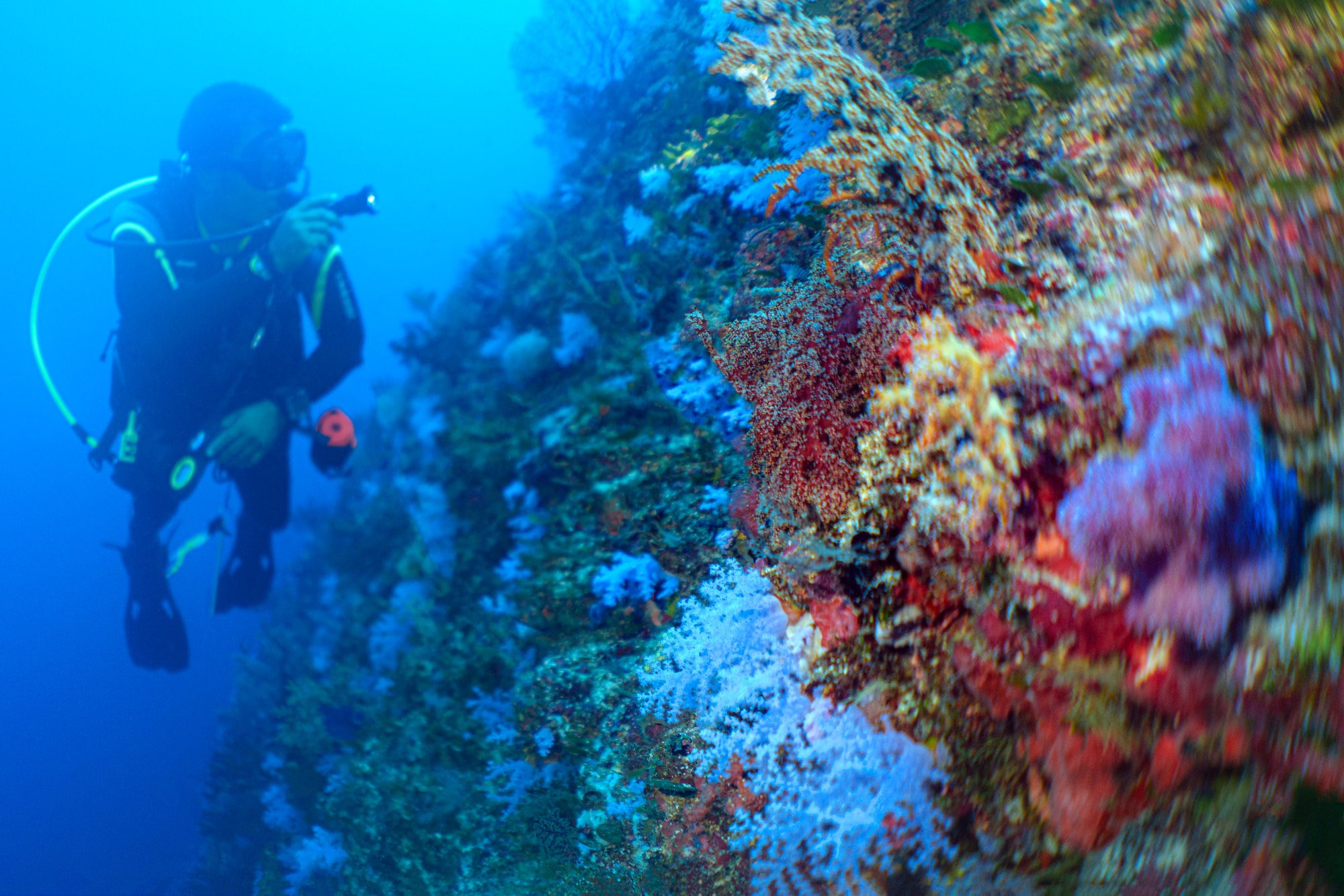
Photo by Stan Moniz. Sony Alpha 7CR. Sony 28mm f/2. 1/250-sec., f/2, ISO 400
Scuba Lights: I use the Light & Motion Sola Video Pro 3800 lights. When I turn them on, I have the Kelvin setting at 5,000. When shooting underwater, if you have your lights on, you want to set your color temperature to your lights. If I’m shooting deep and I need the lights, I’ll also set the color temperature on the back to Kelvin 5000 because if you have a different one, it’s going to mess up your ambient light.
See more of Stan Moniz’s work on his Alpha Universe Profile and on Instagram @stanmoniz.




















